A greenhouse for seedling is a special design that creates the conditions for growing garden crops. As a rule, the seedlings are cultivated in greenhouses, which is subsequently transplanted into open soil. To date, there are many variations of these structures that differ from each other depending on the materials used, sizes and properties. Any of such structures can be made independently. In this article we will look at several ways to make greenhouses.
Method of Frameless Greenhouse
The simplest embodiment is a greenhouse that does not have a frame, which in the circles of dacniki is called "insulated soil." The appointment of this type of greenhouse structure is to accelerate the process of germination of shoots after seeding in the soil. Also, such a design protects seedlings at an early stage of the spring period, when the air temperature is not yet high enough. To grow tall cultures, this option is not suitable, because by the structural features of such a greenhouse, these plants will not have the necessary conditions for their growth.
Mini greenhouse for seedlings does not imply a framework of a frame. The greenhouse effect is created using a conventional film. After the seeds are placed in the soil of crops are covered with a film of the desired size. The shelter procedure is performed in two ways:
1. In accordance with the first, light film is stacked. This material needs to cover crops in random order and consolidate the material on both sides. You can also lock it around the perimeter so that the film does not shift under the influence of wind. To do this, it can be simply sprinkled on the edges of the earth or fix with bricks, stones or boards.
Important! It should be borne in mind that the fastening of one side of the film should be removable. In the process of growing, it will repeatedly be necessary to open a greenhouse for venting, watering, feeding, crop peaking. If possible, it is advisable to perform the construction in such a way as to provide opening from all sides. This is not a prerequisite, but it is recommended to avoid supercooling crops. In such a film greenhouse, the plants themselves as they grow raise the film.
2. The second way of shelter is designed for a heavier and dense film material. Such a film is placed on pre-prepared grounds. You can make them from the earth:
- along the long sides and inside the garden you need to pour a piece in the form of crests;
- the height of such embankments should be 30-35 cm. This level is not recommended to exceed, since in the opposite case, the volume of air will be more than this. And in this case, it will take much more time to warm the air to the desired temperature level.
In addition to the Earth, plastic bottles of 5 l filled with water can be used:
- seeds planted between such adhesive grounds;
- the film relies on the ridges, thanks to which the cultures are not attached to its mass;
- strengthening is made similarly to fixing light film.
Early spring should not make film greenhouses of large sizes. The soil has the ability to keep warm well, much better than air. And at the beginning of the spring, the air does not heat up to the required indicators and may be frost. In the film shelters of small sizes, the heat accumulated heat is better. As the air heats up, the greenhouse can be expanded.
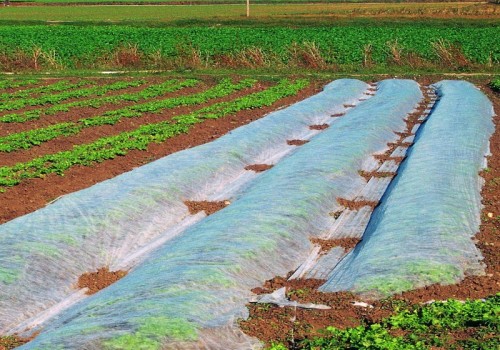
Greenhouse construction on the frame
This is an intermediate version of the greenhouse under seedlings. Its foundation is a frame on which the film is attached. The frame according to its size should be equal to beds, but at the same time should not exceed the parameters 1, 5 m x 2 m. Otherwise, the design will be too cumbersome. Wooden rails or wire can be used as a material for manufacture.
- The manufacturing process starts from the construction of a rectangle.
- Next, inside this design, a wire or flexible cord is stretched into several rows, which will prevent the film sizing.
- When installing such a greenhouse, it will not be necessary to do in bed gardening crests to maintain the design as in the previous embodiment. In this case, they are made only at the edges.
- Frame is placed on the ridges, which is covered with a film from above. The long side is fixed in accordance with the previously specified way. In the area of \u200b\u200bthe ends of the edge of the film, you need to collect in the form of a harmonica and tie with a cord or wire.
- After that, the edges are attached to pre-jammed to the soil splies. To perform the care of seedlings, such as ventilating or watering should be lifted by the long side of the film.
Wooden Greenhouse Production Technology
Before making a greenhouse with its own trees, you need to prepare such tools:
- bars;
- hammer;
- nails;
- circular saw or woodcut on a tree;
- roulette.
The process of planting the greenhouse is as follows:
- First you need to make two side walls. To do this, be placed tight to each other 4 brus with a length of 3 m each.
- Next, it is necessary to retreat from the edge by 3 cm and perpendicular to nail with 4 nails of a line 140 cm.
- The bar must perform on one side by 60 cm, and on the other - by 20 cm.
- Then you should retreat from the second edge also 3 cm and nourished another bar.
- We note with the help of roulette the central point of the design - 150 cm. In the area of \u200b\u200bthis mark, you need to kill the third bar. Thus, at this stage the first shield is made.
- Similarly, you need to make a second shield. These two shields will form lateral wall structures.
- Shields must be installed vertically. At the same time, the bars that protrude 20 cm should be from below. The space between the walls should be 105 cm.
- Next, you need to make two side walls, using for this 4 bars 105 cm long. Sleep follows from the lower bar.
- After that, it should be killed 3 bars 105 cm long. At the same time, it should be pairwise to join the protruding by 60 cm up the bars. With both long edges of the design, it is necessary to kill one 3-meter bar.
- Then you need to make rafters. To do this, you will need 6 bars 55 cm long, each of which must be stored on both sides with the help of a circular saw. The stamp should be at an angle of 30 °.
- Then the bars prepared in this way should be set 3 units on both sides of the greenhouse structure.
- Next, the 3-meter bar is installed between them, which is nailed.
- Greenhouse framework with her own hands for seedlings on it is finished. To subsequently avoid breaks of the underfloor material, the angles can be rounded.
- The frame is also recommended to cover water-repellent paint to protect the design from the negative effect of atmospheric precipitation.
- At the final stage, the construction needs to be covered with a film that is fixed at the top with wooden plates.
Types and properties of a film for a greenhouse
Separate attention should be paid to the types of film, as the greenhouse acquires various properties, depending on the type of this material. Consider the main variants of the material that can be used to build a greenhouse:
- Polyethylene-based film is the most affordable material. But its ability to maintain heat is insignificant.
- It is better to hold the heat of polyvinyl chloride (PVC) and ethylene-dila acetate (EVA) film. When using these materials, the temperature level in the greenhouse will be 3 ° C higher than in the case of using polyethylene.
- Also today the market offers an alternative to films. This is a more modern view of the underfloor material - agrofiber, the basis of which is polypropylene. The main physical features of the agrofiber are elasticity and ease. The following factors can be distinguished as its advantages:
- material ability to skip water. Thanks to this property, it is not necessary to remove the coating;
- also agriched does not wet and does not matter;
- the material is characterized by a rather high ability to hold heat.
Ways of Greenhouse Heating
There are two ways to create a necessary temperature in a greenhouse:
- The first method is the use of biofuels. The most popular biofuel is the product of the vital activity of horses, from which you can get a rather significant amount of heat. At the bottom first, the layer of leaves or straw is placed on top of which - biomaterial and a layer of soil.
- Also, the greenhouse can be heated with an electrical energy source. In this case, the cables should be put in parallel to each other on the sand. After that, the wires need to be isolate, pouring the soil layer on them. With this method of heating, it should be borne in mind that the soil will quickly dry. For this reason, it is necessary to carefully monitor the maintenance of the required level of humidity.
Conclusion
The greenhouse is necessary for the rapid development of plant cultures, which makes it possible to create the desired level of humidity and the required temperature mode. To date, there is a sufficient choice of greenhouses, from the most simple embodiment to more complex structures. In this article, we reviewed several ways to make a greenhouse for seedlings that do not represent much difficulty and when familiarizing with technological standards are available even for beginner masters.
Construction of a greenhouse. Video:

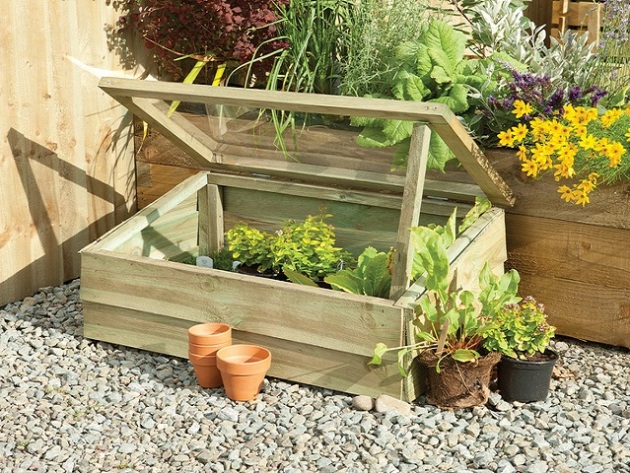
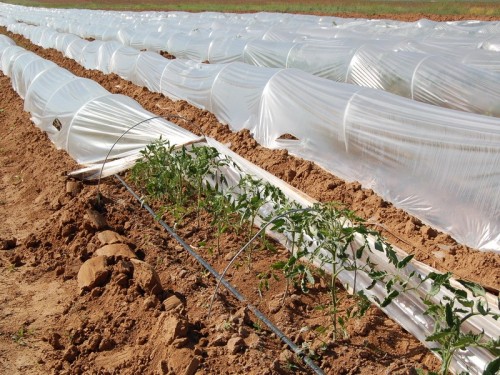
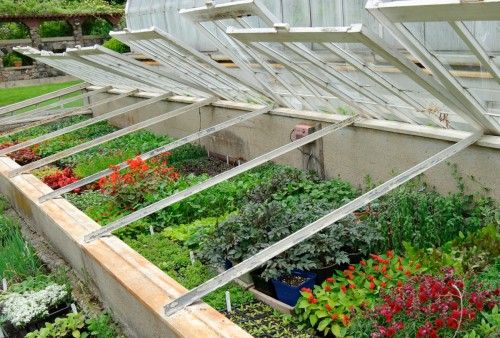
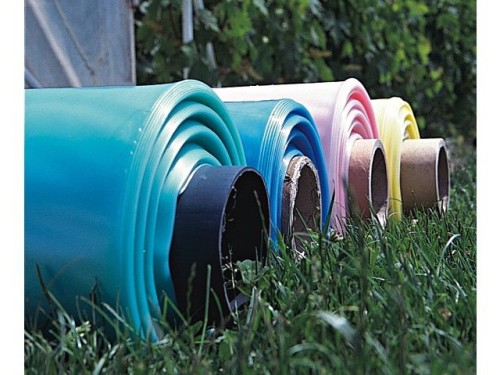
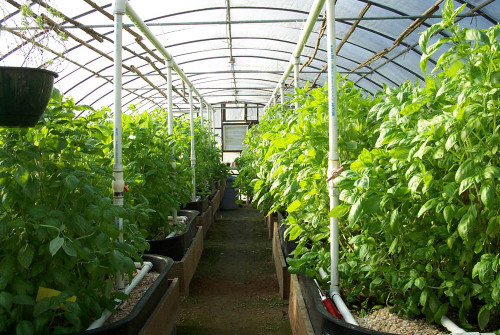












 Start a discussion ...
Start a discussion ...